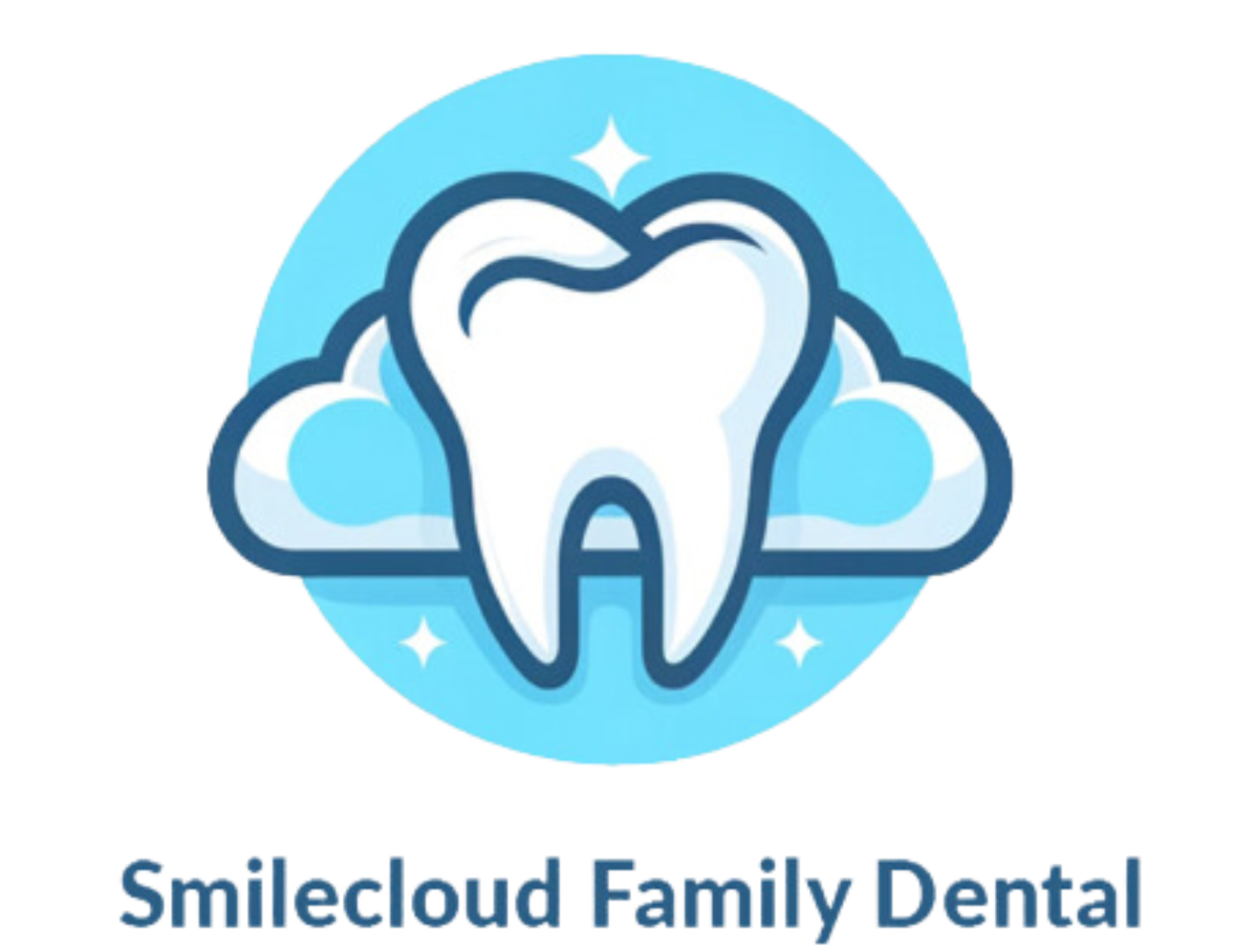Chew it, dip it, suck it or “snuff” it–there’s no smoke involved with many forms of tobacco, but no matter how you use it, you’re still playing with fire! While cigarettes catch a lot of heat for causing lung cancer, many don’t realize that other types of nicotine use can be just as damaging to your general and oral health. Before reaching for the stuff, get a closer glimpse at what you’re really being sold and why it might be more harmful than you think.
Types of Smokeless Tobacco
Cigarettes have long dominated the market, but tobacco comes in countless shapes and sizes. Their novelty may tempt your curiosity, but just one try can put you on the path to addiction and some serious throat and mouth problems. Here are just a few examples of common smokeless tobacco products you’d be wise to avoid:
- Chewing tobacco: loose leaves (often in pouch form) for placement inside the cheeks
- Snuff or “Dip”: ground or shredded tobacco stored in tins for sniffing or chewing
- Snus: a pasteurized form of snuff that doesn’t require spitting
- Tobacco lozenges: powdery, tobacco-infused candies that dissolve in the mouth
Other variations include plugs, twists and bricks, but risks are the same regardless of their appearance. It’s also worth noting that regulations may differ by country, so the lack of clear warnings doesn’t mean that the product is any less toxic.
Oral Health Risks
Virtually every aspect of your oral health is affected by tobacco use, and it doesn’t take much for nicotine to do its damage. Telltale signs you may notice immediately include:
- Stained teeth, from frequent contact with tobacco juice
- Periodontitis, as prolonged exposure to tobacco can irritate the gums
- Bad breath, when tobacco particles mix with your saliva and other food particles
- New cavities, due to the sugar often used to sweeten tobacco products
Tooth sensitivity, enamel erosion and a decrease in your sense of taste and smell are other possible side effects. As costly as these dental complications may be, it pales in comparison to the lethal threat of cancer.
Symptoms Of Oral Cancer
Given that smokeless tobacco contains well over 20 carcinogenic chemicals, it shouldn’t come as a surprise that its use can result in cancer of the mouth, lip, tongue and throat (in addition to many other cancers of the body). Clear warning signs of oral cancer include white or red lesions inside the mouth (typically referred to by dentists as “leukoplakia”) that fail to heal over time, but not all symptoms are easily detected without the professional help of your dentist.
Tackling Your Tobacco Problem
Seeking professional help is your best bet to quit nicotine and prevent lasting damage to your health. Your dentist can guide you toward effective treatments and alternatives. While tobacco poses risks, certain everyday habits can also impact your oral health discover how soda affects your teeth and overall well-being.




